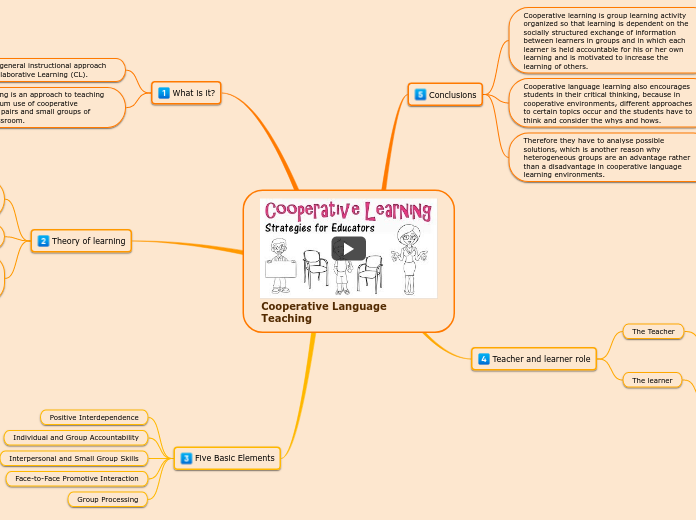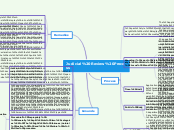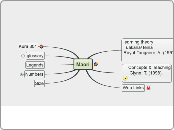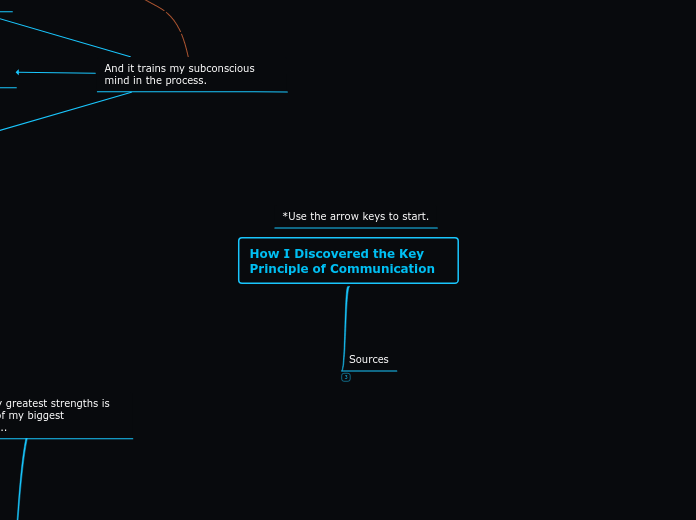jonka Checa Checa 4 vuotta sitten
463
Cooperative Language Teaching
Cooperative Language Teaching emphasizes collaborative work among learners to enhance social and language skills. It is part of Collaborative Learning (CL) and involves activities where students work in pairs or small groups.









